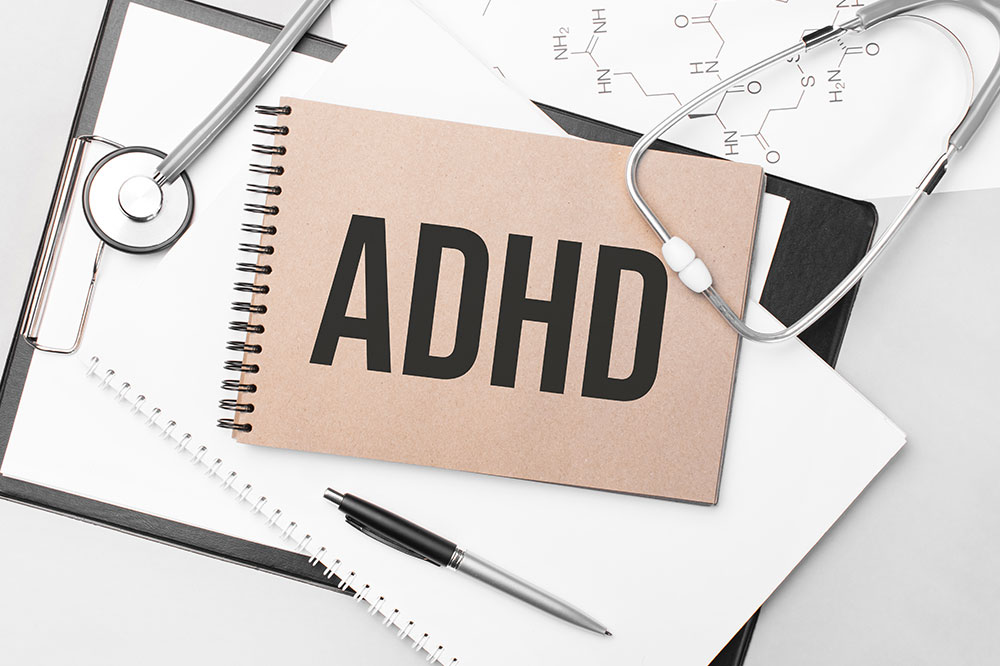7 common mistakes to avoid when applying for a home loan

Getting a home loan is a significant financial milestone for many individuals and families as it allows them to achieve the dream of being a homeowner. However, the process can be complex and daunting for most. Making mistakes during the home loan application process might have long-lasting consequences. Awareness of these seven common mistakes is crucial to successfully navigating this journey. By knowing about these errors, one could also take steps to avoid them.
Ignoring credit score management
A high credit score signifies financial responsibility and makes qualifying for favorable loan terms easier. Many applicants make the mistake of neglecting their credit scores until they apply for a home loan. To avoid this mistake, potential home buyers should regularly monitor their credit scores and take steps to improve them if necessary. Paying bills on time, reducing credit card balances, and avoiding new debt may positively impact credit scores.
Neglecting to prequalify
Prequalifying for a home loan is an essential step that might save applicants time and frustration. One needs to give basic financial information to a lender, who then estimates the loan amount for which the applicant may qualify. Some home buyers skip this step and proceed to search for homes, only to discover later that they cannot secure the desired loan amount. Prequalification allows buyers to set realistic expectations and focus their search on properties within their budget.
Ignoring the importance of research
Many home buyers make the mistake of not researching different lenders, their loan products, and interest rates. Failing to compare offers from multiple lenders could lead to increased interest rates and less desirable loan terms. It’s essential to shop around and gather quotes from various lenders to make an informed decision.
Overextending finances
Some prospective home buyers fall into the trap of overextending their finances to purchase a more expensive home than they can comfortably afford. This mistake could lead to financial stress and potentially result in defaulting on the mortgage. To avoid this error, it’s crucial to establish a realistic budget that considers not only the monthly mortgage payment but also other homeownership costs such as property taxes, insurance, and maintenance expenses.
Neglecting the down payment
A common misconception is that a large down payment is always required to secure a home loan. While a substantial down payment could lead to better loan terms, many loan programs offer options for lower down payments. However, some home buyers neglect the importance of saving for a down payment altogether. To avoid this mistake, individuals should start saving early and explore down payment assistance programs that may be available to them.
Having inadequate documentation
During the home loan application process, lenders require substantial documentation to verify the applicant’s financial stability. Common mistakes include failing to provide all requested documents promptly or providing incomplete or inaccurate information. In order to streamline the process and avoid delays, applicants should be prepared to submit all necessary paperwork, such as tax returns, bank statements, and pay stubs, in a timely and accurate manner.
Changing financial situations
Applicants should avoid making significant financial changes during the home loan application process. This includes opening new credit accounts, making large purchases on credit, or changing jobs. Lenders assess an applicant’s financial stability based on the information provided during the application process. Any changes to this information might affect the loan approval process and may result in a less favorable outcome.






